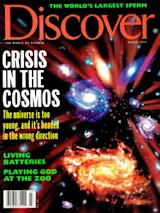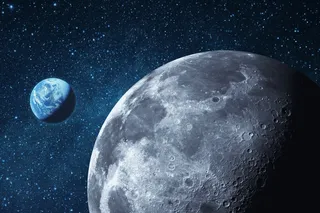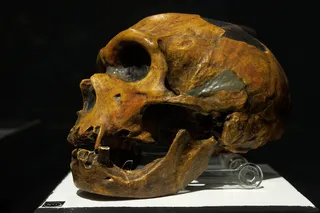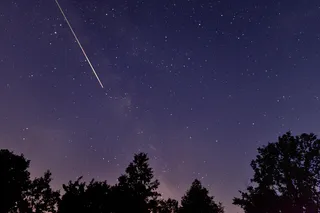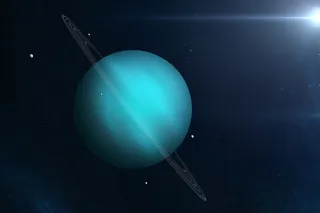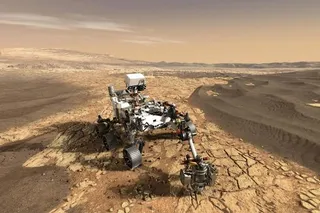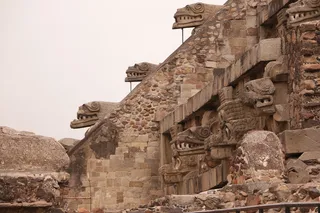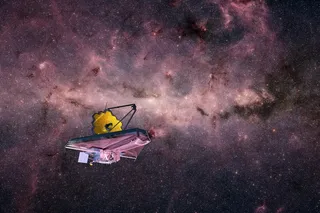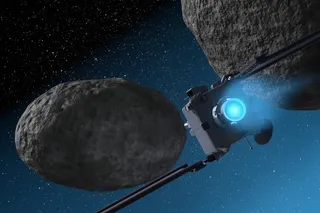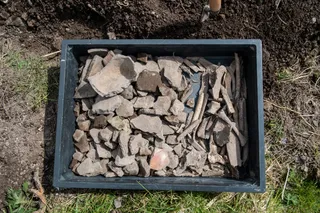I decided to visit the planet Neptune this winter. Imagine my surprise when I found it in Peoria, Illinois.
Actually, Neptune wasn't in Peoria proper, but just northeast, in the tiny town of Roanoke. Just northwest, in Kewanee, you can find Pluto, and once you get to Peoria itself, the seven other planets--Mercury straight through Uranus--start turning up.
The solar system I visited that day, of course, was not the genuine article. The genuine article is a little big for that. A tourist trying to get from, say, the sun to Pluto would have to travel 3.6 billion miles, and beyond I-95, a Ramada Inn and a Roy Rogers would be out of the question. Our own Earth and its neighbor Venus are separated by nearly 26 million miles of cosmic backyard. Pluto--which the average amateur astronomer couldn't find if it were wearing bicycle reflectors and Groucho glasses--is just 1,400 ...


